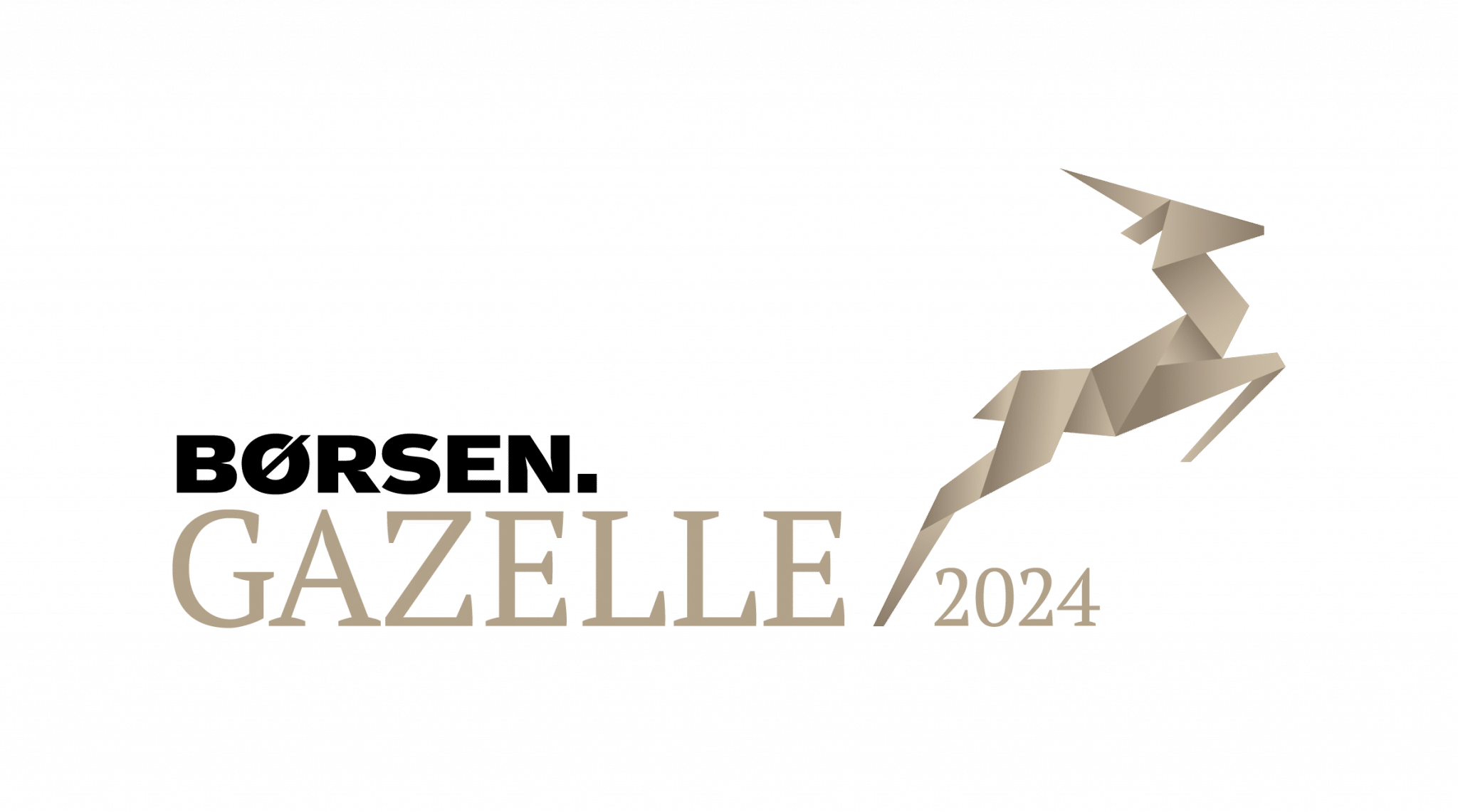In learning and development, we often serve as knowledge sharers, guiding others to learn. Experts, educators, and leaders face the challenge of ensuring that what they’re teaching is not just important to them but resonates with their audience. This is where learning can sometimes take a wrong turn.
We tend to assume that what matters to us, as the source of knowledge, matters just as much to the person on the receiving end. But the reality is far more nuanced. Effective learning isn’t just about what we want to convey; it’s about understanding the needs, circumstances, and preferences of those who are learning. It’s about shifting the focus from ourselves to our audience.
The foundation of audience-centric learning is built upon a deep understanding of your target audience. Whether they are colleagues, stakeholders, or customers, it’s crucial to delve into their world and comprehend their unique perspectives and challenges. To create a successful learning experience, you need to ask a fundamental question: How can your knowledge help the other person solve one or more problems that they have?
When you know your audience and their specific pain points, you’re better equipped to tailor your teaching to address those needs effectively.
Understanding their needs
Imagine a scenario where you’re teaching a complex concept. By knowing your audience’s needs, you can adapt your approach to make the content relevant to their professional or personal lives. Instead of generic information, you provide solutions to their specific problems, making learning more engaging and actionable.
Every learner’s environment is different. Some may thrive in a formal classroom setting, while others prefer informal, on-the-job learning. By understanding the circumstances your audience is learning in, you can choose the most suitable delivery method – be it in-person training, online courses, or hands-on experience. Learning designed for classroom or desktop isn’t suitable options for a salesman on the go. But a podcast for his drives could be a solution.
Just as everyone has unique learning circumstances, they also have different learning preferences. Some might be visual learners who prefer diagrams and charts, while others are auditory learners who benefit from discussions and presentations. By knowing your audience’s preferred learning style, you can tailor your content delivery accordingly.
At the heart of audience-centric learning is effective communication. It’s about speaking their language, addressing their pain points, and offering practical solutions. It’s about transforming yourself from a dispenser of knowledge to a problem solver, an enabler, and a guide.
Prioritising your audience ensures valuable, relevant knowledge and forges a deeper connection, building trust, engagement, and shared purpose for learning experiences that’ll make a difference. When you step into your role as a teacher, leader, or expert, remember: it’s about understanding your audience, unlocking the potential of audience-centric learning, and reshaping how knowledge is shared and applied.





